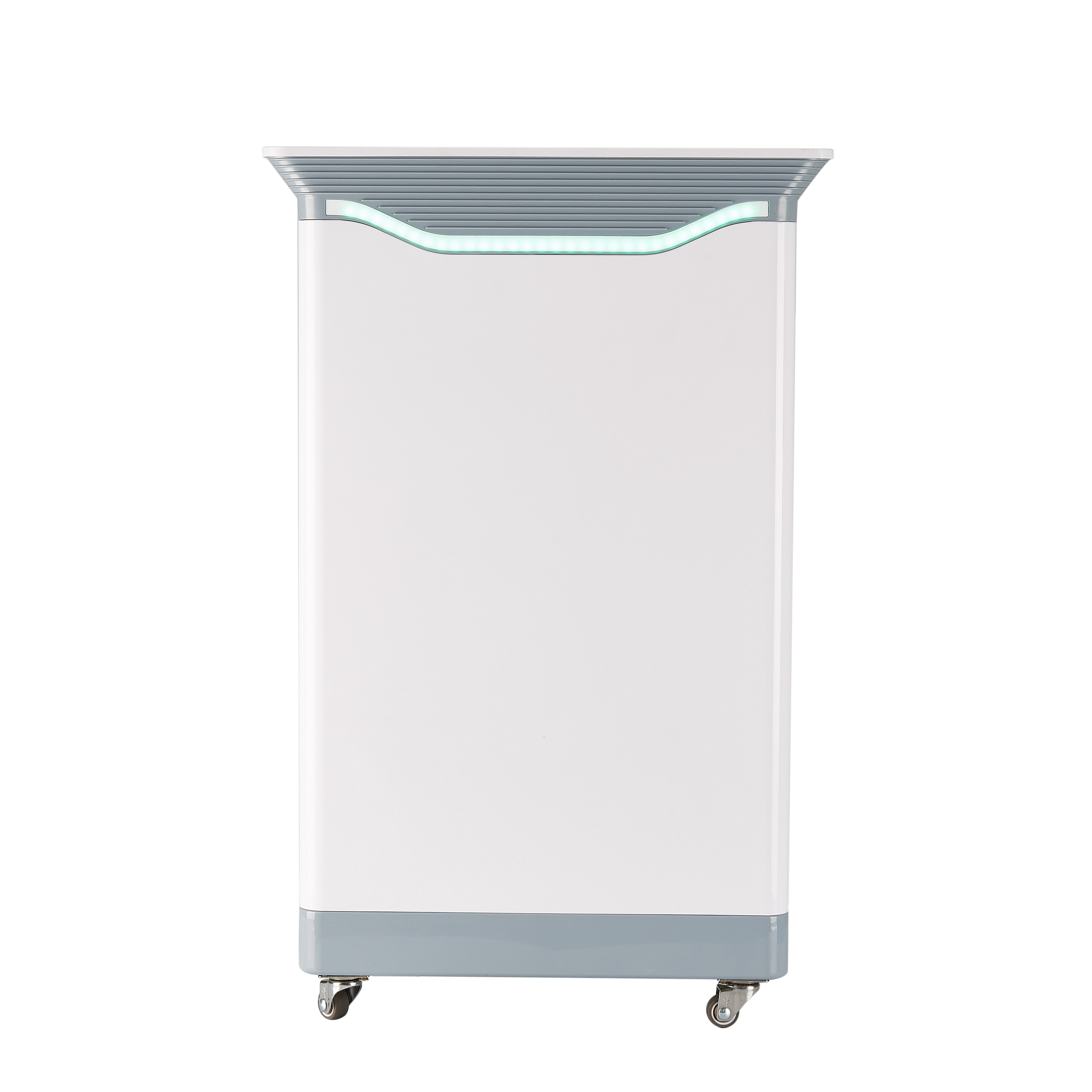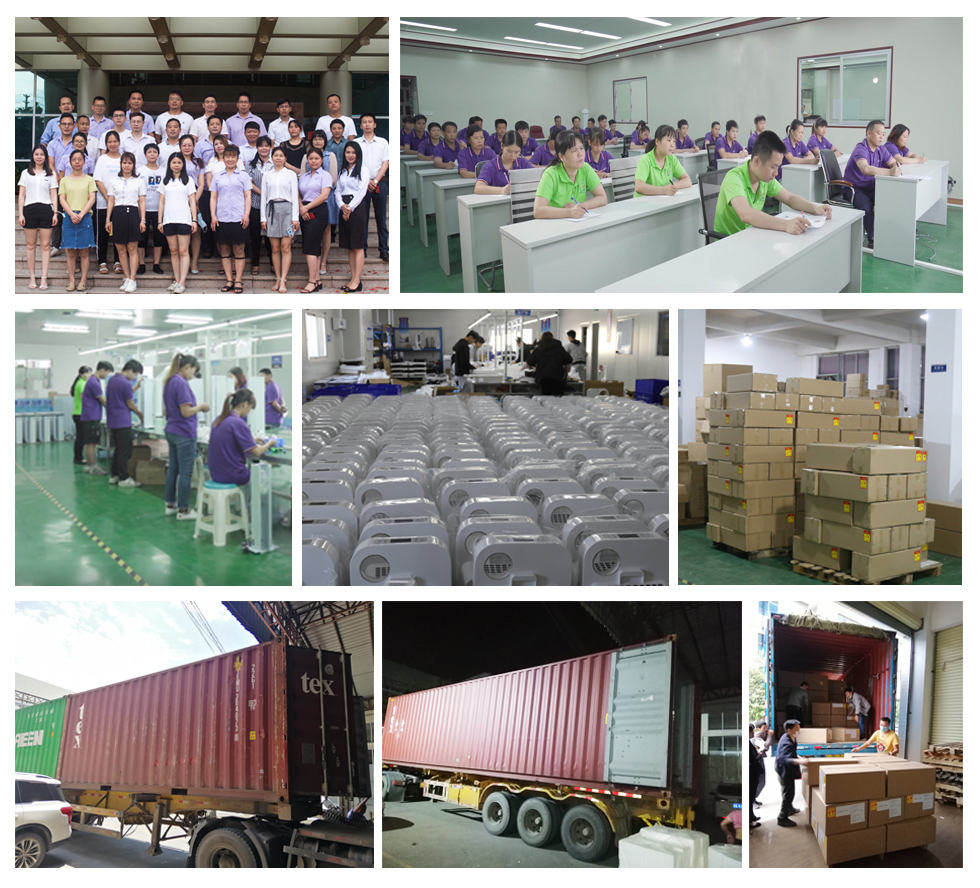
Oh, the dust in your home. It may be easy to clean up the dust bunnies under the couch but the dust that suspends in the air is another story. If you are able to clean dust from surfaces and carpets, that is a great plus. But it is inevitable that you will always have some dust particles floating in the air inside your home. If you or a family member is sensitive to dust and you are unsure of the type of machine that may solve this problem, the right air purifier for dust removal can help.

Why you should care about dust in the air
Dust, you will come to see, is more than just bits of soil from the outside, but is composed of a hodgepodge of unexpected materials. You would be amazed to find where dust comes from. Dust can irritate your eyes, nose, or throat and be a problem especially if you have allergies, asthma or other respiratory illnesses. If your asthma or allergies become worse because of dust, you probably have a dust allergy. What is worrisome for everyone is that tiny dust particles often float in the air, and if the particles are small enough, they can enter the lungs and cause health problems.
Pet dander and dust
People who are allergic to dogs or other animals are not technically allergic to pet hair, but to the proteins in saliva and skin flakes (dander) from pets, so keep this in mind when you’re searching for an air purifier for dust and pet hair. Dust can contain pet dander and may trigger allergic reactions for some people. Often, this is one of the main concerns for households with pets. And this concern exists not only when pets are present–tiny particles of pet dander remain in carpets and floors even when pets are not in the home.
Dust and dust mites
Dust may also include one of the most common allergen triggers–dust mite droppings. When you inhale dust that contains these microscopic particles produced by dust mites, it may cause allergic reactions. To make matters worse, dust mites feed on the skin particles present in dust.
Do air purifiers remove dust or not?
The short answer is yes, most air purifiers on the market are designed to remove large dust particles from the air. Many feature mechanical filtration, which is a method of capturing pollutants on filters. Either the particles are meant to stick to the filter or be trapped within the filter fibers. You have probably heard of a mechanical filter called a HEPA filter, which is designed to trap particles in the air.
Mechanical filters are either pleated like HEPA or flat. Though they are too basic to be used in an air purifier, an example of a flat filter is a simple furnace filter or a filter in your HVAC system, which can trap a small amount of dust in the air (this is your basic throwaway or washable filter). A flat filter could also be electrostatically charged for greater “stickiness” to particles.
What an air purifier for dust needs to do
An air purifier that features a mechanical filter like HEPA is “good” if it can capture tiny particles within the fibers of the filter. Dust particles usually range from 2.5 and 10 micrometers in size, though some fine particles could be even smaller. If 10 micrometers sounds big to you, this might change your mind–10 micrometers is less than the width of a human hair! Most important to remember is that dust can potentially be small enough to enter the lungs and may cause health problems.
You may not have heard of the second type of air purifier that is designed to trap particles: electronic air cleaners. These can be electrostatic air purifiers or ionizing air purifiers. These air cleaners transfer an electric charge to particles and either capture them on metal plates or have them settle on nearby surfaces. The real problem with electronic air cleaners is that they can produce ozone, a harmful lung irritant.
What is not going to work to trap dust is an ozone generator, which is not designed to remove particles from the air (and releases harmful ozone into the air).
What you can do about dust in the meantime
With all the talk about air purifiers and dust, do not forget about source control. This is really important because large dust particles will settle on flooring and cannot be addressed by an air purifier. These particles are also too large to suspend in the air and will simply continue the cycle of being disturbed into the air and then settling back on the floor.
Source control is exactly what it sounds like, which is getting rid of the source of pollution. In this case, it could be through cleaning and dusting, though you would need to be careful about spreading more dust into the air. It is also a good idea to replace your HVAC filters as often as needed.
You should also be taking preventive measures to keep from tracking dust from the outside, like changing your clothes upon entering the house or wiping pets down before they enter as well. This can reduce the amount of outdoor particles that come inside, such as pollen and mold. For more information about ways to control dust, please see the guide about sources of dust inside your house and practical solutions


Post time: Mar-26-2022

